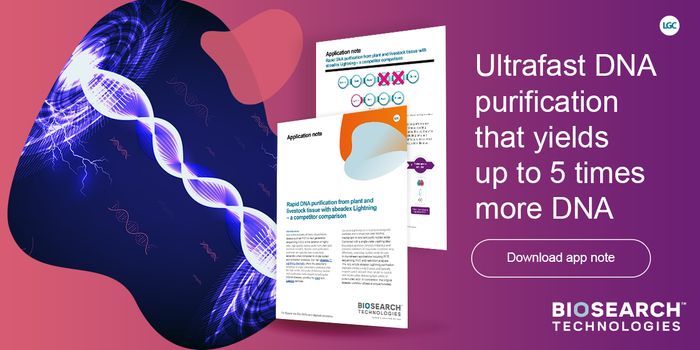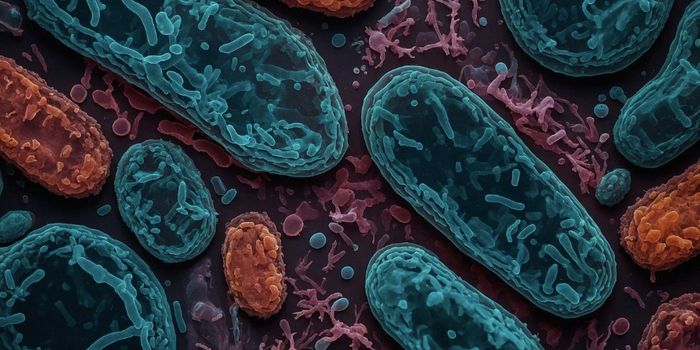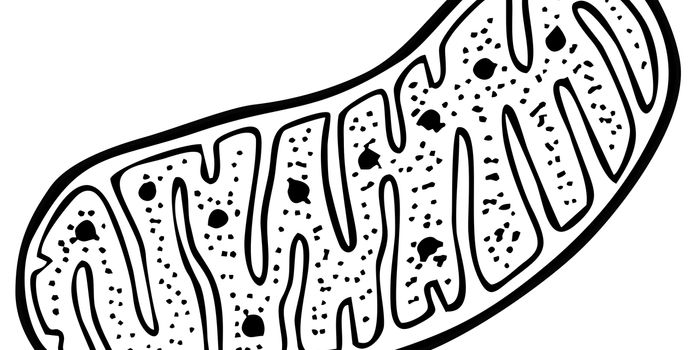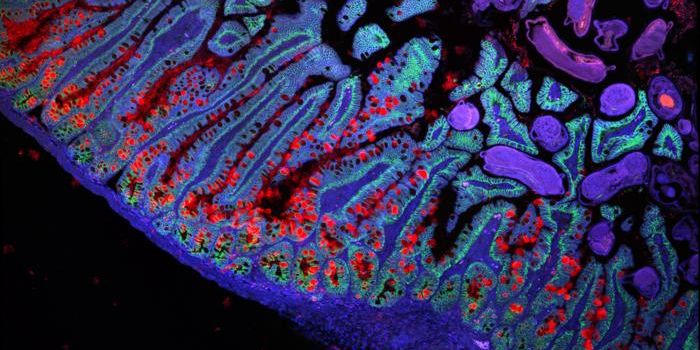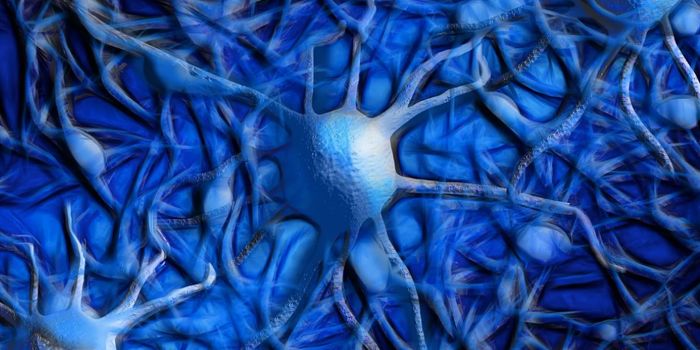How Daughter Cells Protect Themselves From Parents' Harmful Baggage
When a cell divides to create two new daughter cells, the process must be carefully controlled and perfectly precise, or major problems can arise. When new daughter cells are created after a mother cell splits, these daughter cells inherit all kinds of stuff from their parent, many of which are helpful and lay the foundation for a healthy start. But some of that inherited material may be harmful, like mutated genetic material or proteins, which can disrupt daughter cells. Scientists have now gained new insights into how daughter cells deal with the potential harm that can be caused by inherited UV-damaged RNA. The findings have been reported in Cell.
UV rays are emitted by the sun, and it is commonly known that these rays can damage genetic material. Scientists found that when cells were exposed to UV radiation, a protein known as DHX9 swung into action, and began to form droplets in the cytoplasm of cells.
"DHX9 is an enzyme that normally resides in the nucleus and has the ability to bind RNA. Finding this protein forming droplets outside the nucleus left us really astonished. It's like finding a giant snowball in the desert," noted corresponding study author Asifa Akhtar, Director at the Max Planck Institute (MPI) of Immunobiology and Epigenetics in Freiburg.
The investigators suspected that DHX9 could be helping to guard against UV-induced genetic damage. However, they found otherwise. They determined that the DHX9 granules were not forming after DNA damage after all. "And this prompted us to dig into the real trigger," said first study author Yilong Zhou.
The researchers created an entirely new method to isolate droplets, and extract the granules directly from cells. Then they analyzed the contents of these granules, and found they were loaded with damaged RNA.
"The damaging effect of UV light on RNA is frequently underestimated, overshadowed by its impact on DNA. Now, we discovered an elegant mechanism by which cells can segregate and neutralize harmful UV-damaged RNA with the help of DHX9 granules," Akhtar explained.
It seems that cells can detect UV-damaged RNA, which is then quickly taken up into DHX9 granules, where it is sequestered and prevented from causing damage to the cell. Aberrant RNA molecules could have many different kinds of unwanted effects.
The scientists also found that these granules are only formed in pairs, suggesting that they only arise in daughter cells, and not in the original UV-damaged mother cell, which fascinated the investigators, said Zhou.
The team took videos of living cells to show this process as it happened. Above, DHX9 stress granules appear in yellow after UV-induced cell damage. "You can literally see that DHX9 normally resides in the nucleus, but shortly after cell division, when the two daughter cells have formed, it gathers into droplets in the cytoplasm," Zhou explained.
When the formation of DHX9 granules was prevented in daughter cells, there was major cell death, emphasizing the importance of this protective phenomenon in daughter cells. "This process is like wiping the slate clean, preparing them to begin their own journey as a cell without dragging along the baggage from the previous generation," said Akhtar.
Disruptions in RNA molecules and problems with the cell cycle have been associated with many different disorders, and this study could potentially open up new therapeutic avenues for the treatment of diseases that are related to RNA disruption, noted Akhtar.
Sources: Max Planck Institute of Immunobiology and Epigenetics, Cell


